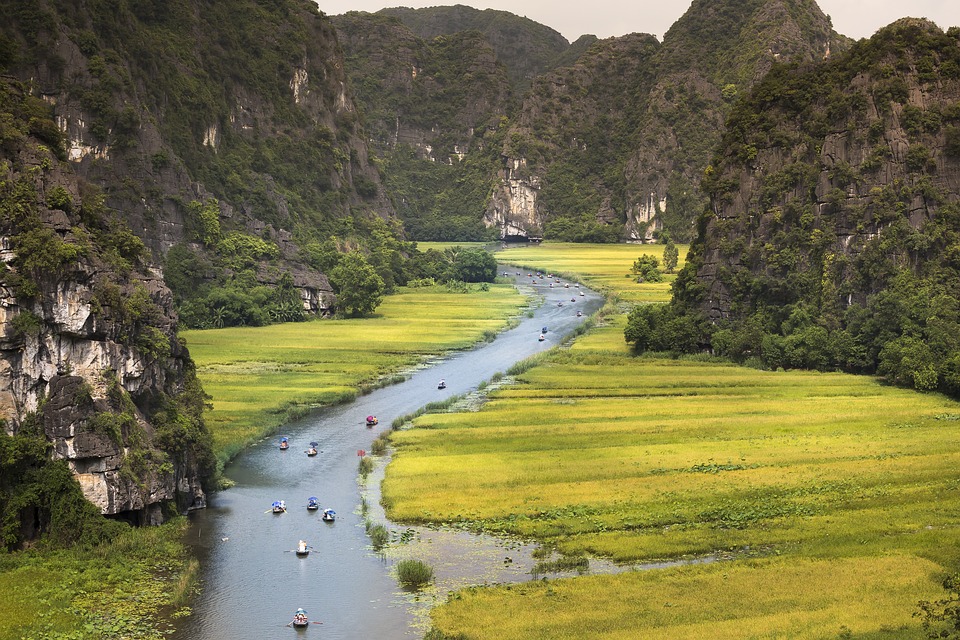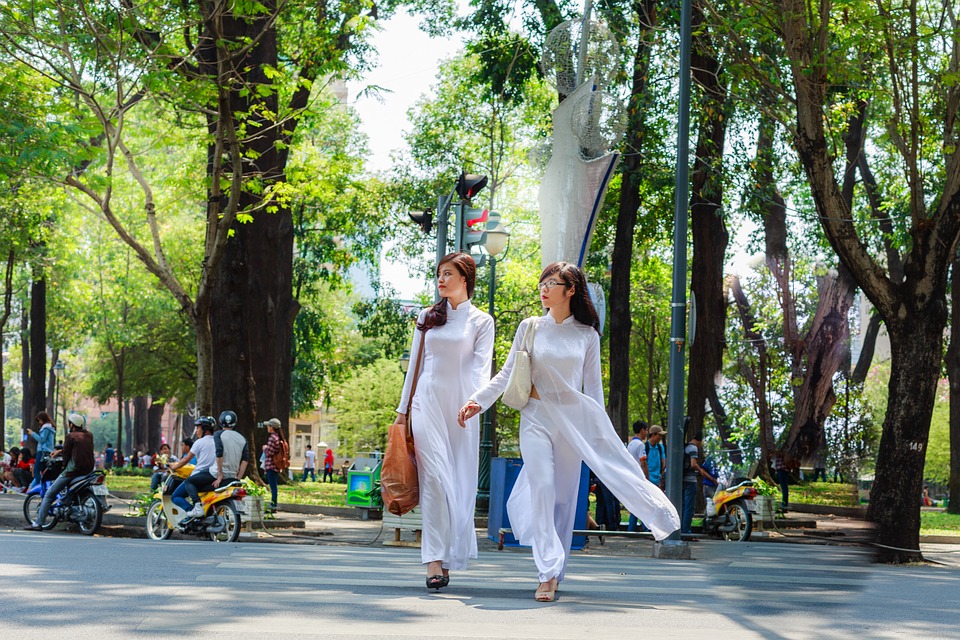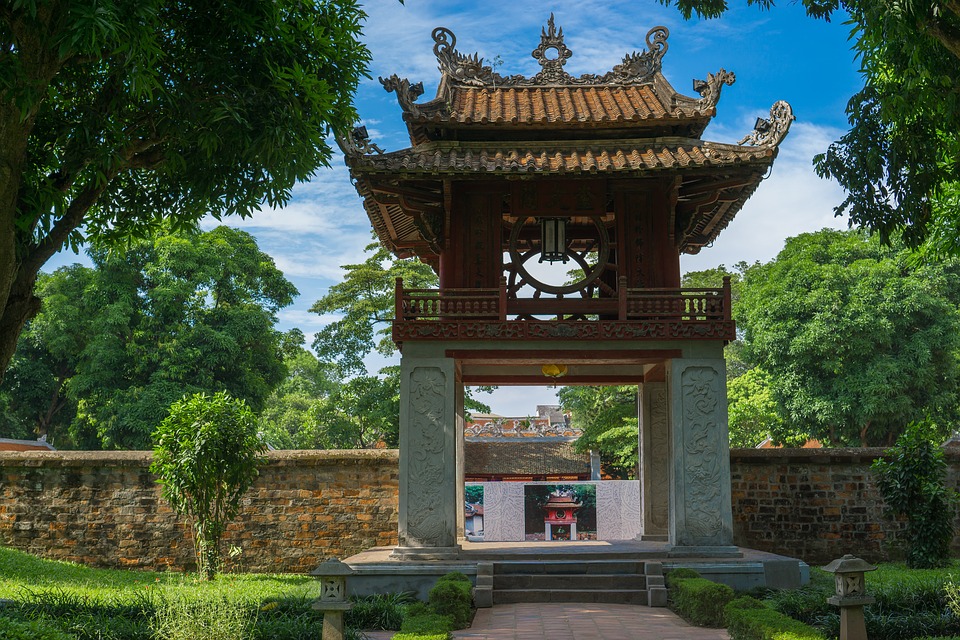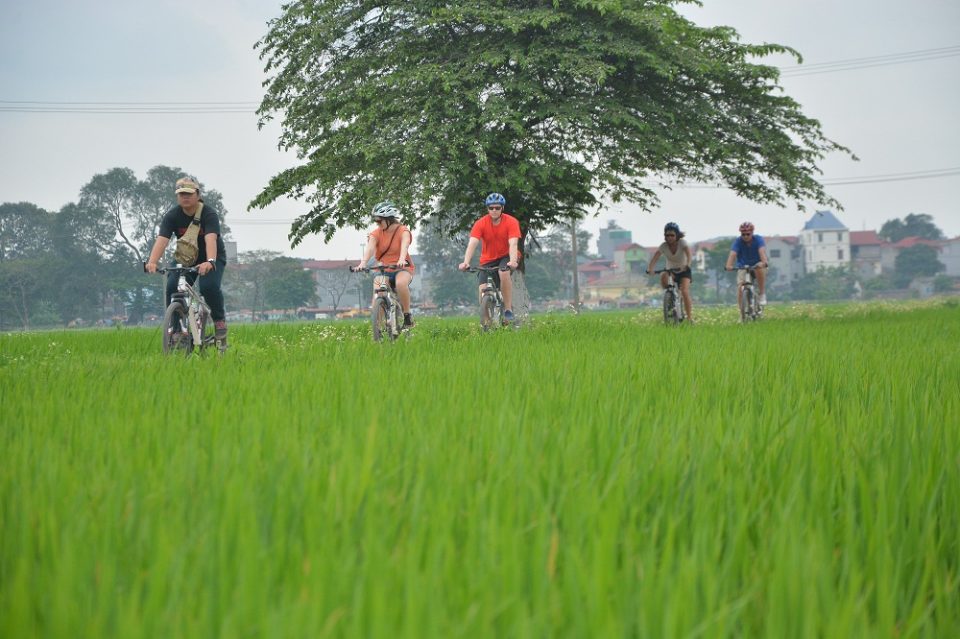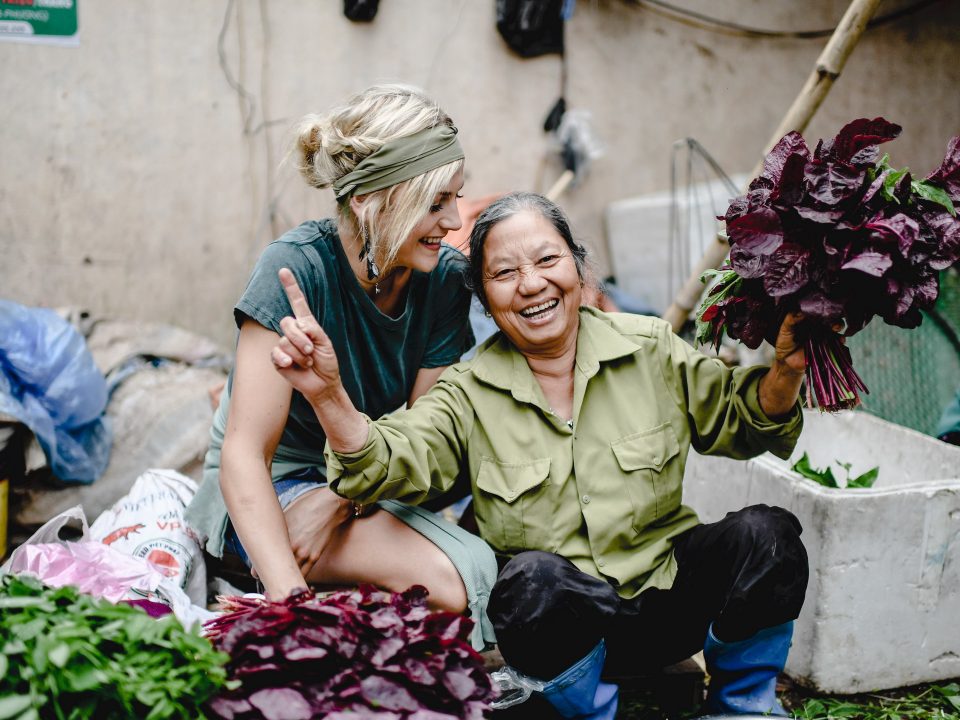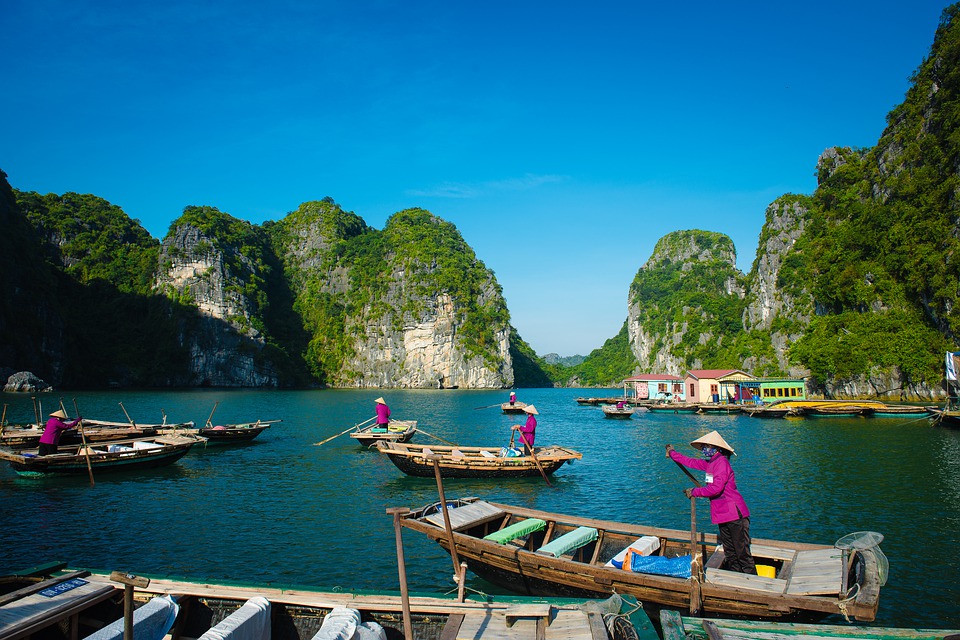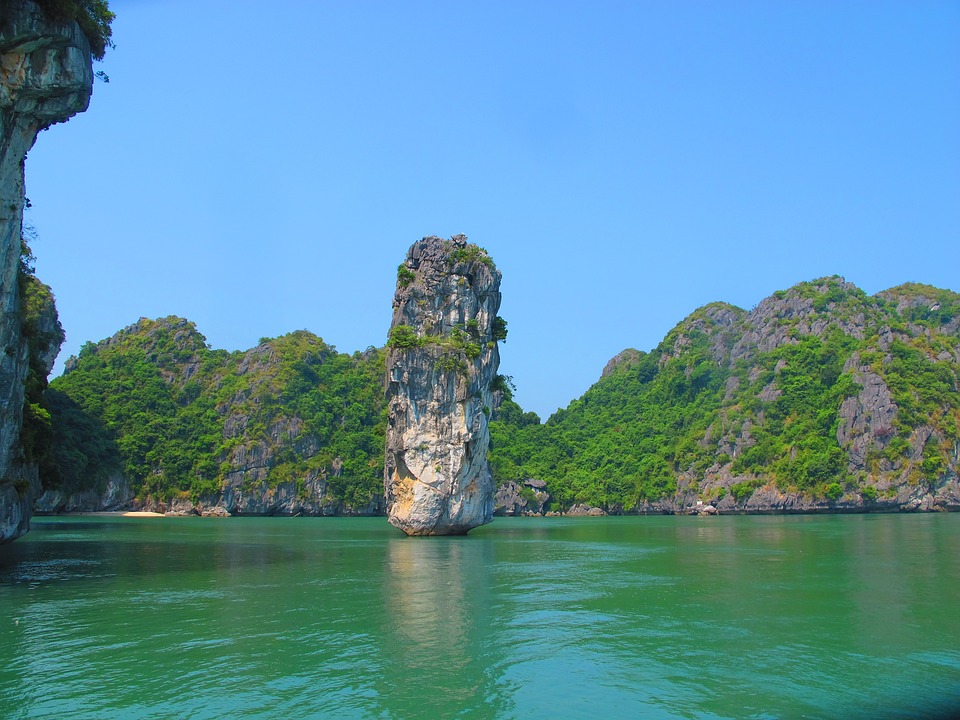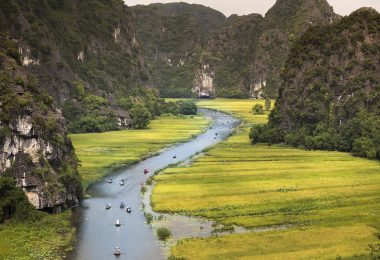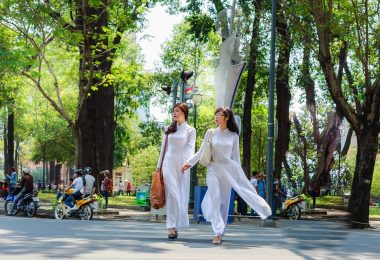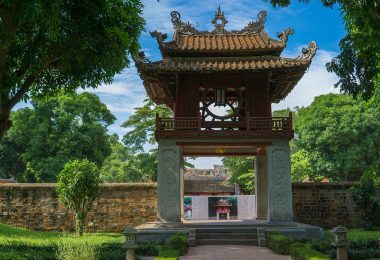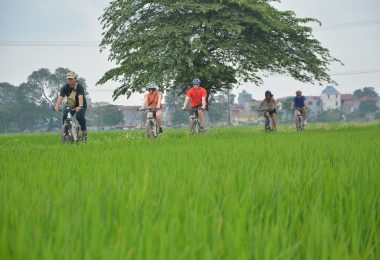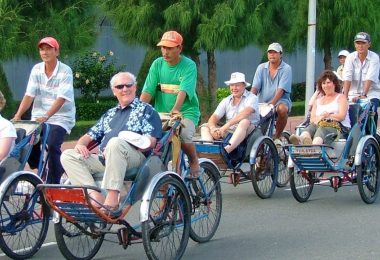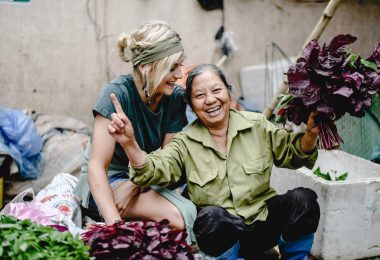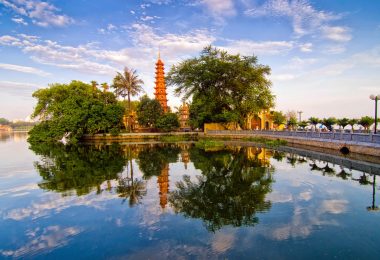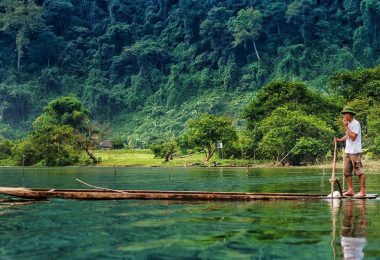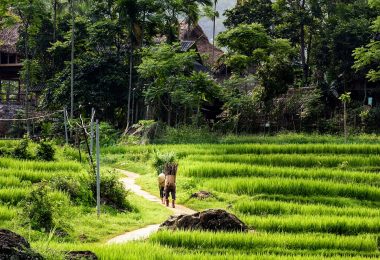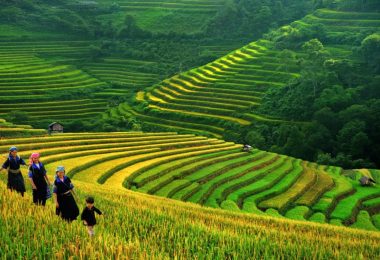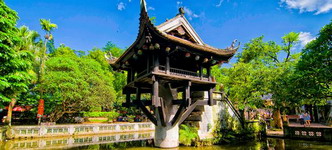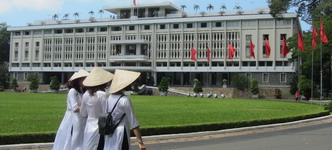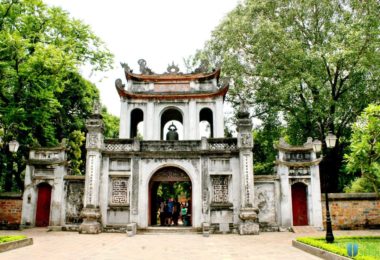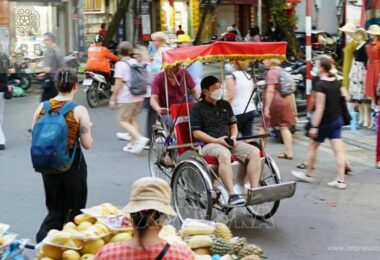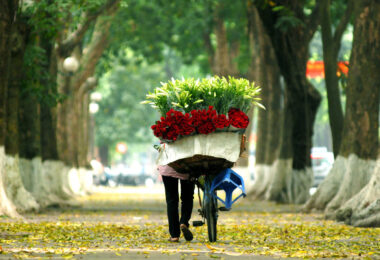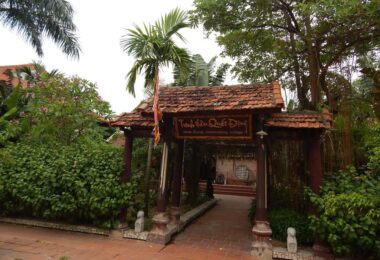Nestled amidst the verdant countryside of Hanoi lies a tranquil oasis waiting to be discovered: Ba Vi. Far removed from the bustling streets and frenetic pace of Vietnam’s capital city, Ba Vi offers a serene retreat into nature’s embrace. This introduction serves as a comprehensive guide to this hidden gem, exploring its enchanting landscapes, cultural richness, and the myriad experiences it has to offer.
Where is Ba Vi?
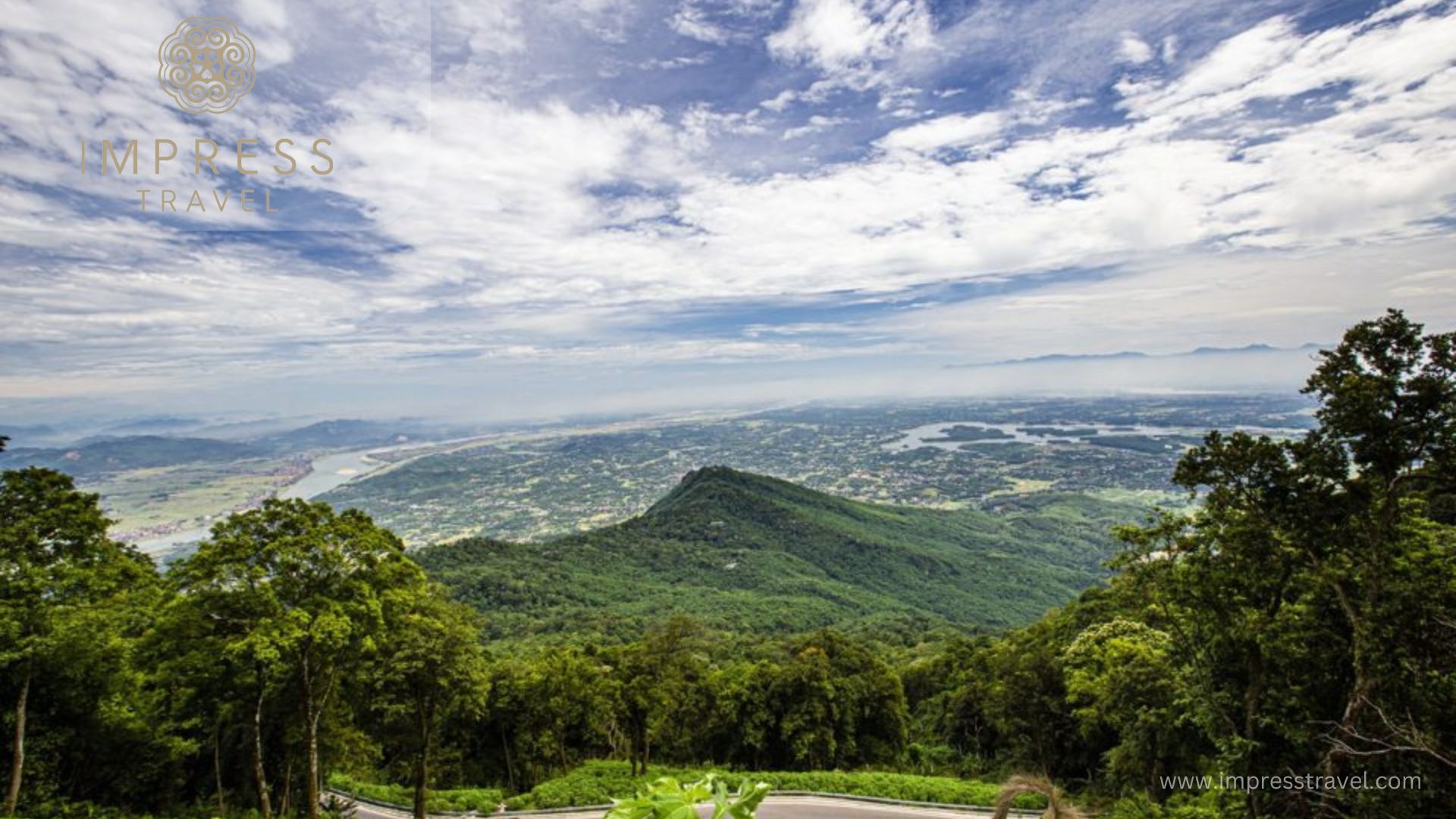
Ba Vi National Park in Ha Noi
Ba Vi is located approximately 50 kilometers west of Hanoi, making it easily accessible for a day trip or a weekend getaway. The journey to Ba Vi takes you through picturesque rural landscapes, where rice paddies stretch out beneath the shadow of majestic mountains. This proximity to Hanoi makes Ba Vi an ideal escape for those seeking respite from urban life without venturing too far.
Transport and Directions
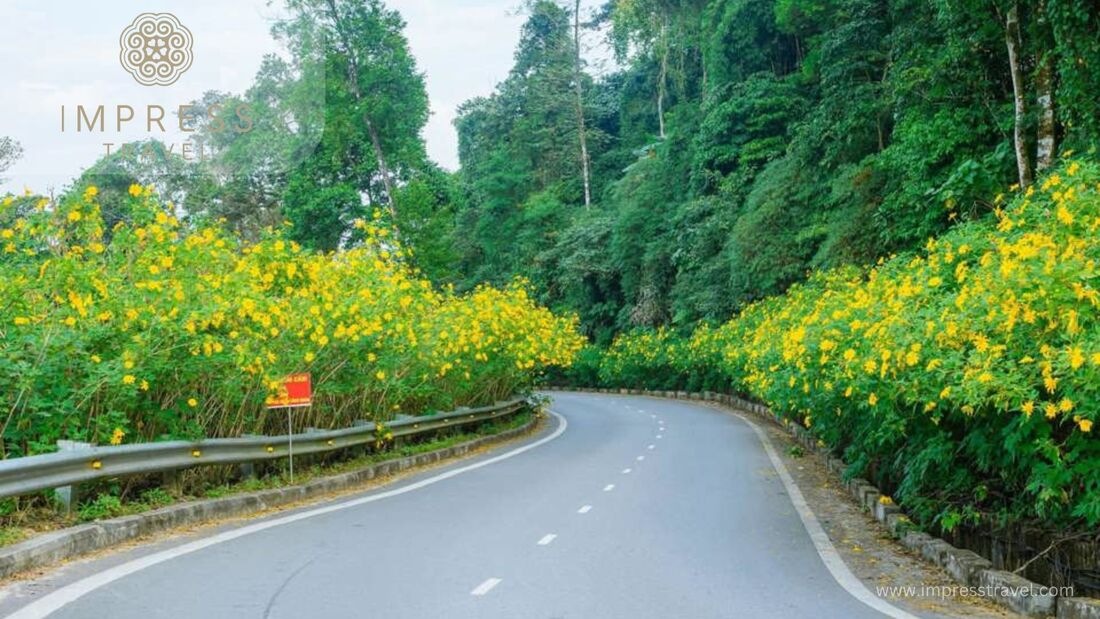
Ba Vi in Ha Noi
Traveling from Hanoi to Ba Vi offers a variety of transportation options, each providing a unique experience suited to different preferences and travel styles.
For those seeking convenience and the freedom to explore at their own pace, traveling by car is highly recommended. Starting from central Hanoi, embark on your journey by heading westward along National Road 32 towards Son Tay Town. This route takes you through picturesque rural landscapes, where verdant rice paddies and small villages dot the countryside. As you continue along National Road 32, you’ll eventually reach Ba Vi District. Here, clear signage guides you towards Ba Vi National Park and other local attractions. The journey by car not only allows for a scenic drive but also offers the flexibility to stop and explore various points of interest along the way.
Alternatively, renting a motorbike presents a thrilling option for adventurous travelers. Following the same route as by car, riding through Vietnam’s rural roads offers a more intimate connection with the landscape. Motorbikes provide agility and the freedom to navigate narrow paths and discover hidden gems that may not be accessible by car. It’s essential to ensure you adhere to local traffic laws, wear appropriate safety gear, and be mindful of road conditions for a safe and enjoyable ride.
For those opting for public transport, buses depart regularly from Hanoi’s Western Bus Station (Ben Xe My Dinh) to Son Tay Town. This option is convenient for travelers looking to minimize driving and navigate comfortably. Upon reaching Son Tay Town, travelers can choose to continue their journey to Ba Vi by taxi or motorbike taxi (xe om). This last leg of the journey ensures that public transport users have access to reliable and affordable transportation options to reach their destination.
Whether by car, motorbike, or public transport, the journey from Hanoi to Ba Vi promises to be an adventure filled with scenic vistas, cultural encounters, and the allure of exploring Vietnam’s tranquil countryside. Each mode of transportation offers its own set of advantages, catering to the preferences and interests of every traveler embarking on this journey.- Taxi: Taxis are readily available in Hanoi and can take you directly to Ba Vi, although this option may be more expensive than public transport.
Navigating Ba Vi is relatively straightforward once you arrive, with well-marked roads leading to various points of interest such as Ba Vi National Park and Duong Lam Village.
Why Ba Vi is a Hidden Gem
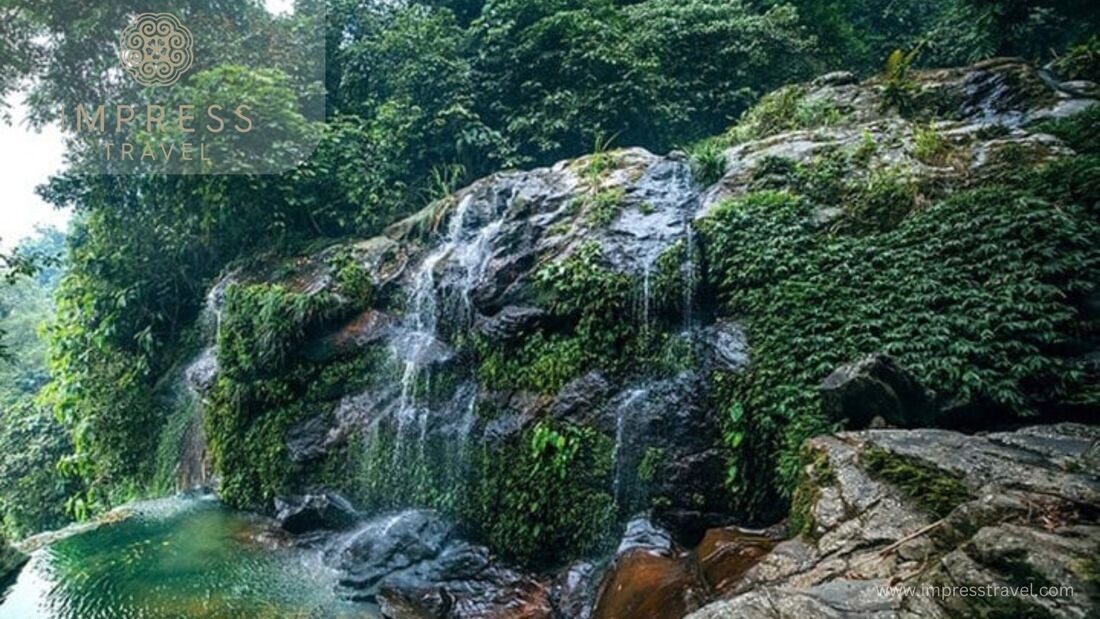
Cai stream in Ba Vi
Ba Vi’s status as a hidden gem stems from several compelling factors that set it apart from other destinations in Vietnam:
- Natural Beauty: Ba Vi is renowned for its lush landscapes and pristine environment. The centerpiece of the region is Ba Vi National Park, home to diverse flora and fauna, cascading waterfalls, and hiking trails that offer stunning panoramic views of the surrounding countryside.
- Cultural Richness: Beyond its natural allure, Ba Vi boasts a rich cultural heritage. Duong Lam Village, a short distance from Ba Vi National Park, is a quintessential example of a traditional Vietnamese village. Its well-preserved ancient houses, narrow alleys, and communal wells provide a glimpse into Vietnam’s rural past.
- Tranquil Atmosphere: Unlike the bustling tourist hubs of Hanoi and other major cities, Ba Vi exudes a peaceful ambiance that is conducive to relaxation and rejuvenation. Whether you’re meditating by a tranquil lake or exploring the winding paths of an ancient pagoda, Ba Vi offers a chance to reconnect with nature and oneself.
- Local Cuisine: Ba Vi is also celebrated for its local cuisine, which emphasizes fresh ingredients sourced from nearby farms and markets. Visitors can indulge in hearty dishes such as grilled mountain fish, crispy rice pancakes, and fragrant bamboo shoot soup, all prepared with traditional Vietnamese flavors.
Places to Visit in Ba Vi
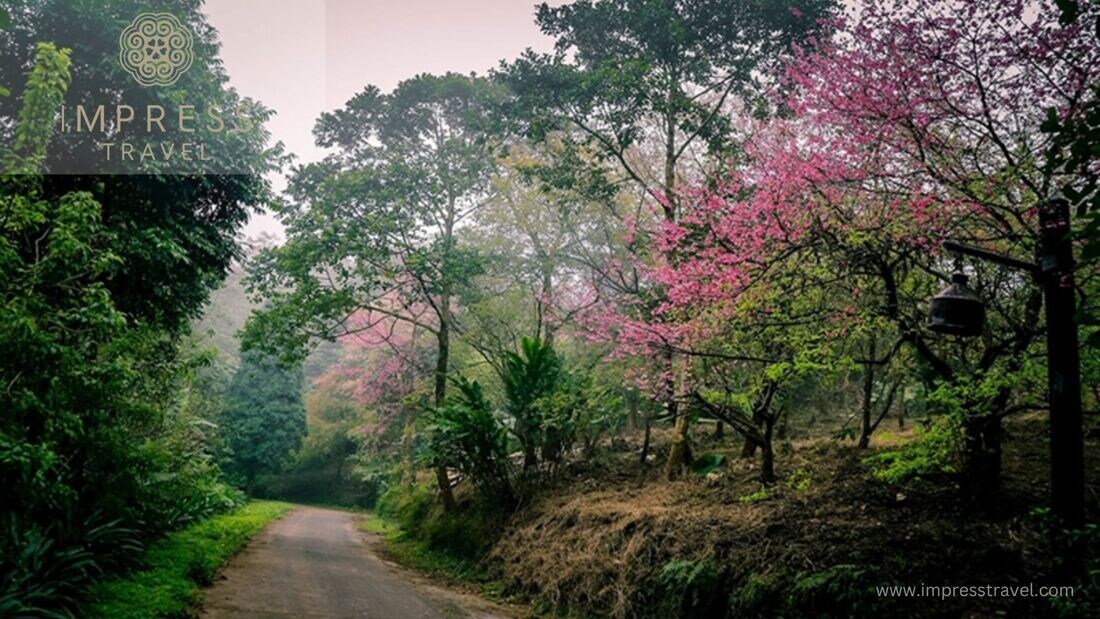
Flowers Anh Dao in Ba Vi
Ba Vi National Park

Ba Vi National Park
Ba Vi National Park stands as the crown jewel of Ba Vi, encompassing over 7,000 hectares of tropical rainforest and three towering peaks. The park is a haven for nature enthusiasts, offering a range of outdoor activities such as hiking, birdwatching, and wildlife spotting. Popular trails include the ascent to Tan Vien Peak, the highest point in the park, which rewards climbers with panoramic vistas of the surrounding landscapes.
The park is also home to a diverse array of wildlife, including rare bird species and butterflies. Its lush vegetation provides a habitat for numerous plants and animals, making it a hotspot for ecological research and conservation efforts.
Duong Lam Village
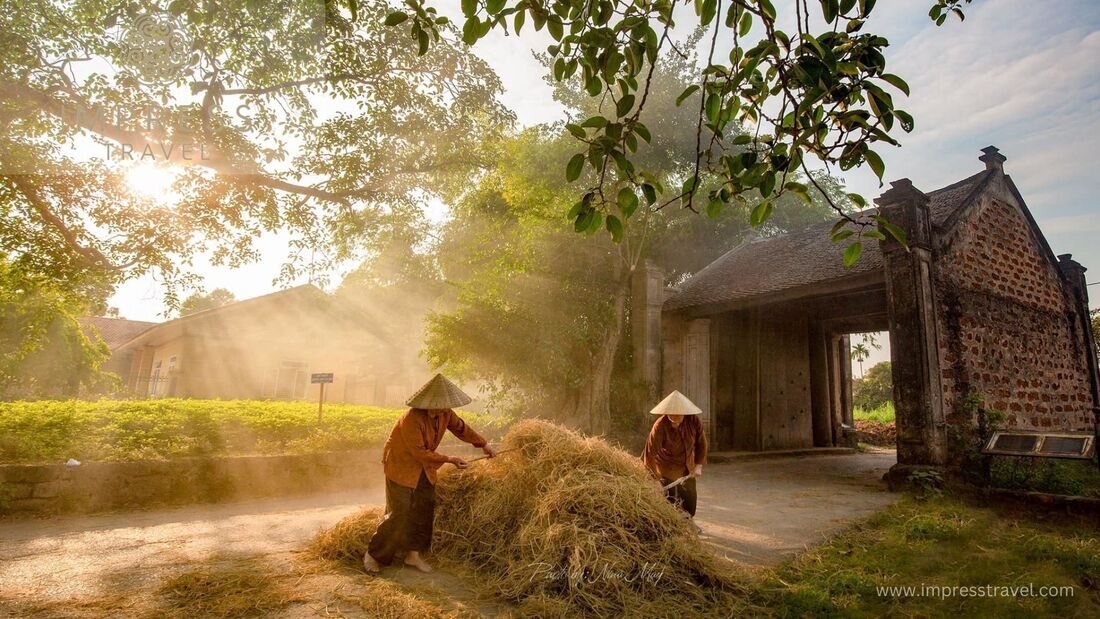
Duong Lam ancient village in Hanoi
Just a short drive from Ba Vi National Park lies Duong Lam Village, a well-preserved ancient village that dates back over a thousand years. This cultural gem is renowned for its architecture, with many of its traditional houses constructed from laterite bricks and wooden beams. Visitors can wander through narrow lanes lined with banyan trees, visit local temples dedicated to village deities, and witness artisans practicing age-old crafts such as pottery and weaving.
Duong Lam Village offers a glimpse into Vietnam’s rural heritage, with its communal wells and centuries-old pagodas. The village is also known for its culinary traditions, including specialties like soy sauce, fermented rice wine, and rice cakes made from glutinous rice. Visitors can sample these delicacies at local eateries or participate in cooking classes to learn traditional recipes firsthand.
Why You Should Visit Ba Vi
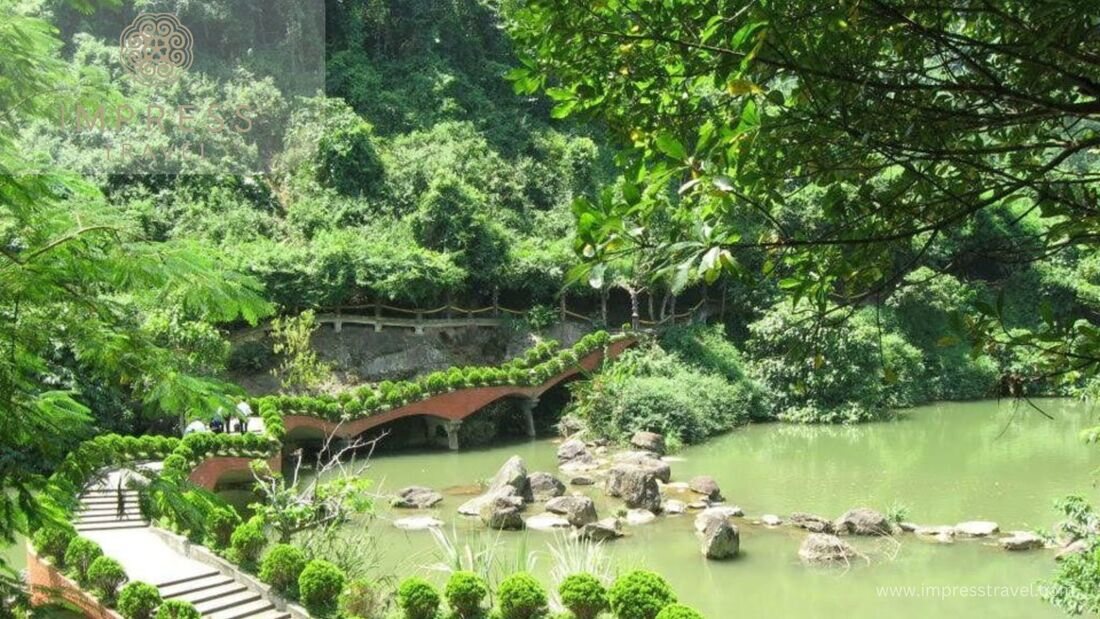
Thien Sơn – Suoi Nga in Ba Vi
Visiting Ba Vi offers a rich tapestry of experiences blending natural beauty, cultural heritage, and culinary delights. Located just 50 kilometers west of Hanoi, it’s an accessible escape from the city’s hustle and bustle. Ba Vi National Park is the heart of the region, spanning 7,000 hectares of lush forests and towering peaks. Hiking trails lead to Tan Vien Peak, offering panoramic views of rolling hills and valleys. Nearby, Duong Lam Village preserves Vietnam’s rural past with ancient houses, traditional crafts, and serene temples. Culinary adventures abound with local specialties like grilled mountain fish and bamboo shoot soup. Whether seeking adventure, cultural immersion, or simply relaxation, Ba Vi promises a memorable retreat into Vietnam’s countryside charm.
Accommodations in Ba Vi
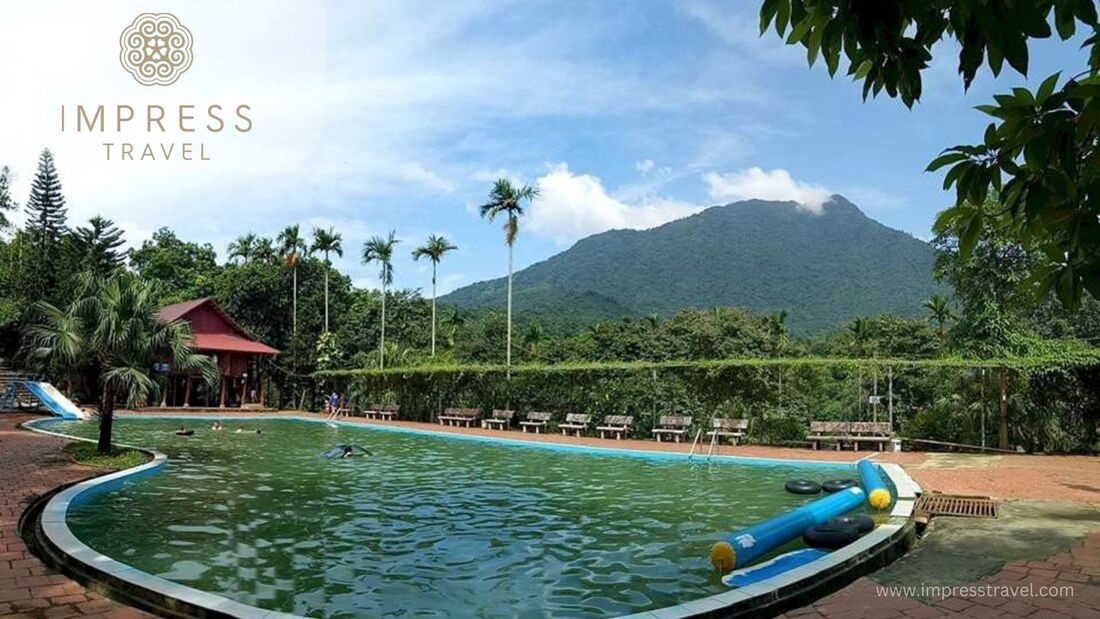
resort in Ba Vi
Ba Vi offers a range of accommodations to suit every traveler’s preferences, from rustic lodges nestled in the forest to comfortable guest houses in nearby towns. Ba Vi National Park itself has camping facilities for those who wish to immerse themselves in nature overnight. Alternatively, visitors can opt for homestays in Duong Lam Village, where they can experience authentic village life and hospitality.
Dining in Ba Vi

Grilled fish in Ba Vi
Exploring Ba Vi is incomplete without savoring its local cuisine, which reflects the region’s agricultural abundance and cultural diversity. Restaurants and eateries in Ba Vi offer a variety of dishes made from fresh, locally sourced ingredients, including specialties like grilled mountain fish, bamboo shoot soup, and crispy rice pancakes. Visitors can also visit local markets to sample seasonal fruits and vegetables, or dine at roadside stalls for a taste of authentic Vietnamese street food.
Practical Tips for Visiting Ba Vi
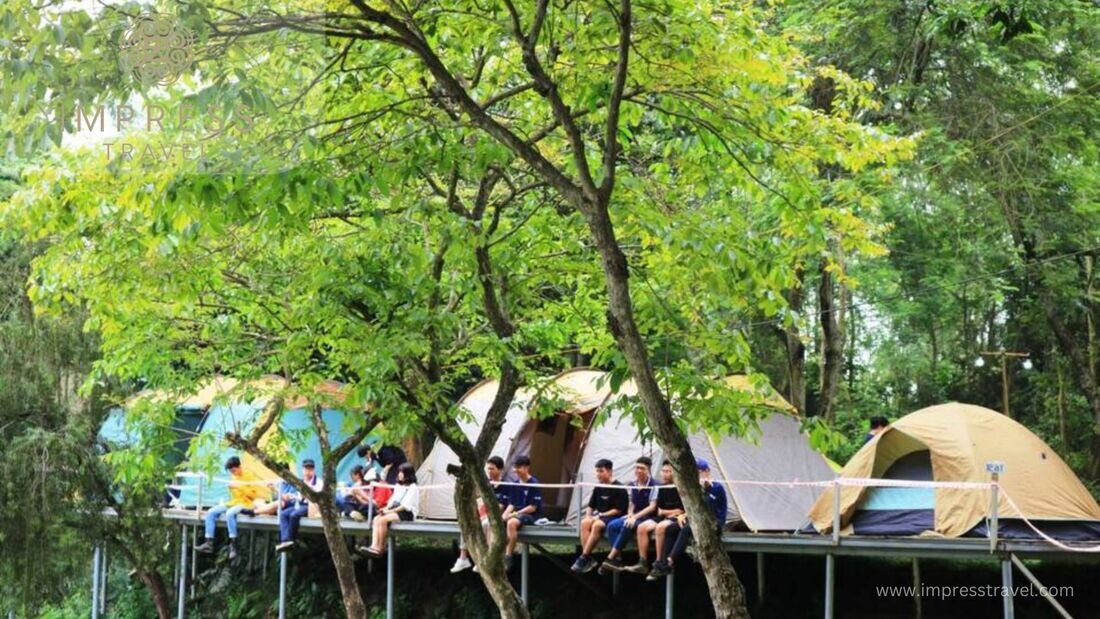
Sơn Tinh Camp in Ba Vi
– Weather: Ba Vi experiences a tropical climate with distinct wet and dry seasons. The best time to visit is during the dry season from November to April, when the weather is cool and pleasant for outdoor activities.
– Attire: Dress comfortably and wear sturdy footwear if you plan to explore Ba Vi National Park or hike to Tan Vien Peak. Pack sunscreen, insect repellent, and a hat to protect yourself from the sun.
– Respect Local Customs: When visiting Duong Lam Village or local temples, dress modestly and observe respectful behavior. Remove your shoes before entering sacred sites and ask for permission before taking photographs of people.
– Language: While English is spoken in tourist areas, learning a few basic Vietnamese phrases can enhance your experience and facilitate communication with locals.
Conclusion
In conclusion, Ba Vi is more than just a destination—it’s an invitation to explore the natural wonders, cultural heritage, and culinary delights of Vietnam’s countryside. Whether you’re seeking adventure, relaxation, or a deeper understanding of Vietnamese culture, Ba Vi promises an unforgettable experience. From hiking through pristine rainforests to immersing yourself in the timeless charm of Duong Lam Village, Ba Vi offers something for every traveler. Discover this hidden gem and embark on a journey that will leave you with memories to cherish and stories to share.
Don’t forget to regularly follow our Facebook page and Website for more interesting information about traveling to Hanoi and to book Hanoi tours at the best prices.
Website: https://impresstravel.com/hanoi-tours/
Facebook: https://www.facebook.com/impresstravelcompany/









































